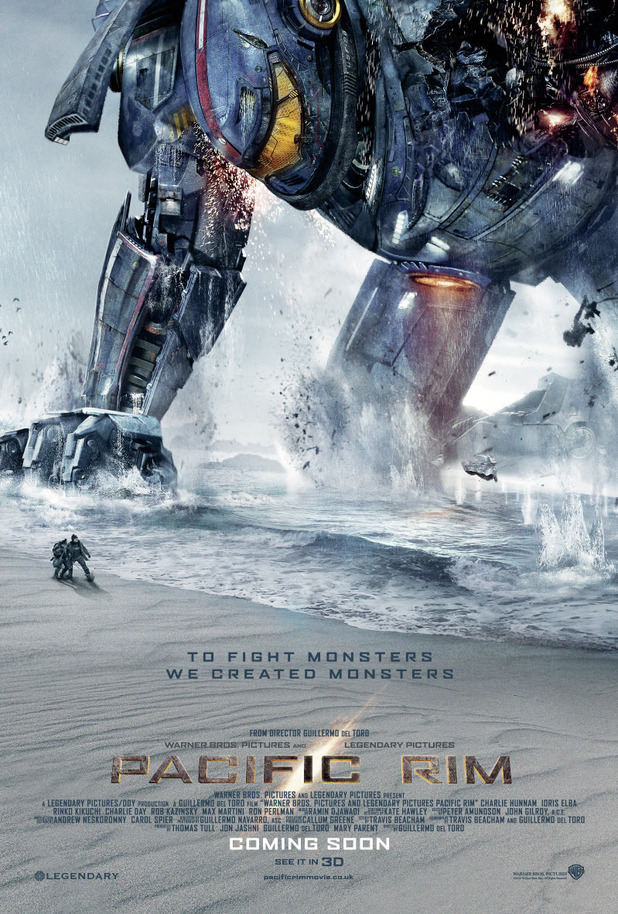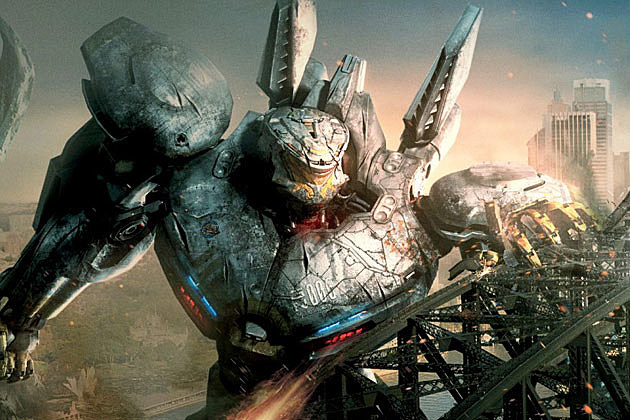Short Verdict:
Better than expected prequel to the much loved 2001 film, Monsters University packs in wit, charm, laughs and heart, making up
for the studio’s recent duds.
Monsters, Inc., released in 2001, was
the film that really cemented Pixar within the world of animation and cinema in
general. Toy Story 1 and 2 are modern
classics that would end up dealing with the crisis of growing up and finding
one’s place in the world, while A Bug’s
Life was a fun, if sleight, pastiche to Kurosawa’s Seven Samurai. Monsters, Inc.,
however, proved that there was more depth to the imagination and skills of
Pixar than just stories about talking toys. The story, for those who need
reminding, followed Mike Wazowski (Billy Crystal) and James P. “Sulley”
Sullivan (John Goodman) who work as “scarers” for the titular factory. In a
fully realised world, monsters power their city harnessing childrens’ screams
(becoming the feared “monster-in-the-closet”). However, it is revealed they are
terribly afraid of them, thinking they are toxic. Disaster occurs when one
child, “Boo”, manages to get into the monster world wreaking havoc. So it’s up
to Mike and Sulley to get the girl home and uncover the true nature of their
work. By the end of the film, the villains are defeated and the monsters find
that humour, as opposed to scares, is actually more powerful. Famous for its moving
relationship between the main characters and Boo, the film resonated with
audiences becoming a Pixar film that has stuck with the children who saw it on
original release. Now those children are around university/college age meaning Monsters University is almost as timely
as Toy Story 3 (Toy Story was the first film I saw in the cinema and 3 was the last film I saw before I left
for university!).
This brings
us to the present however some context needs to be given to the critical stance
of Pixar at the moment. From Finding Nemo
onwards, Pixar achieved incredible heights of artistic and commercial success,
with modern classics such as The Incredibles,
Ratatouille, WALL.E and Up. Combining
incredible animation with heart-felt, thought-provoking and surprisingly deep stories,
Pixar could do no wrong. However, a misfire appeared in the form of Cars which would go onto become Pixar’s
(and Disney’s) most successful product.
In the five years since Cars’ release,
the merchandising had generated an incredible $10 billion.[1] Thus,
many criticised Pixar of a cynical move to produce Cars 2, even though it was the last film on anyone’s mind for a
sequel (given the lukewarm reception and average box-office of the original). The
studio’s next film, Brave, was seen
as a return to the artistic Pixar in the build-up to its release. However, the
result was an undercooked film, with moments of brilliance, but marred by a
small and unambitious story, largely the result of the product overhaul halfway
through the production. News crept in soon after of a sequel to Monsters Inc. and, given the close ended
of the original’s story, many were concerned. Were Pixar losing their touch?
Were they beginning to rely on brand recognition? Then one remembers that these
guys made two of the best film sequels of all-time, while Monsters, Inc.’s
sequel evolved into a prequel, a tantalising concept.
The Review
I am
happy to report that Monsters University is a near return top form for Pixar.
While it doesn’t touch the heights of previous achievements, the film
highlights Pixar’s charm, wit, humour and heart. The film follows Mike’s and
Sulley’s university days, trying to pass a university course in ‘scaring’. Mike
is a bookworm and a lover of scaring but doesn’t amount to much on the
practical side, while Sulley is a jock who manages to get by on his good family
name. The two don’t mix. But after a series of events, the two are kicked off
the program and are forced to work together, along with a nerdy and awkward fraternity,
to win back their places through an event called the Scare Games. While the
story isn’t anything special, what makes the film great is its humour, in particular
coming from the central relationship between Mike and Sulley. Outside of the
duo, the new characters in Monsters
University are a lot of fun. Whether it’s the menacing Dean Abigail
Hardscrabble (Helen Mirren) or the weird and wonderful of Oozma Kappa fraternity
or the smug college jock Johnny J. Worthington III (Nathan Fillon) or the imaginatively
designed background characters, Monsters
University excels in presenting university life and the strange characters
that can fill it. And they, of course, work wonderfully well within the film’s
comedy spectrum. A particular piece of gold comes from exploring Randall's past, the villain of the original film, as we discover how the character became so despicable. The creativity and broad designs of the characters should be complemented
and celebrated for their imagination.Best of all, the film is allowed to be its own world but also links very nicely into the original (which I won't spoil here).
One
slight issue with the film appears in the form of the original film’s story. Of
course, as we discover at the conclusion of the original, humour is a more
powerful source than scaring which undermines the whole company’s ethos and
goals. This is what is being taught at the university. Some may have more
trouble than others with this issue and it is a little odd at first. However,
the film’s good-natured comedy and focus on friendship more than makes up for this
issue. While the film does fall into the clichéd story of working together and
friendship, the central relationship of Mike and Sulley more than holds it all
together. The best thing that can be said for Monsters University is that it doesn’t not rely on the original for
key iconography and instead focuses on creating its own little world (though
there are a few nodding winks to the original film here and there). Whether
shifting from the dorm rooms to the house party to the hallowed halls of the
Scare Academy the film, like the original, succeeds in creating its own world.
Essentially, all these elements hold up the film’s great sense of humour. The
only thing that doesn’t elevate it to the heights of previous Pixar is the emotional
core. Being a prequel, we know these characters are going to end up find regardless
of the prequel’s plot. There aren’t moments such as the “Ellie sequence” in Up or silent film opening of WALL.E or Jessie’s Song in Toy Story 2. But this is being unfair on
the film, as Monsters University’s
aim is to present a fun, free-wheeling exploration of the beginnings of Mike
and Sulley’s friendship. Keeping that in mind, the film completely succeeds.
Monsters University continues to follow
Pixar’s stunning animation and witty scripts. While we have come to expect more
from the studio, who arguably have had one of the most impressive track records
of any studio in recent film history, the film is a colourful blast of fun,
armed with great jokes and characters. While it doesn’t hit the heights of the
studio’s past, Monsters University is
great entertainment for all audiences. Children in particular will be treated
to a wonderful world of strange and funny monsters in a high-energy and
constantly entertaining story powered by strong characters. And if Pixar can continue giving children high-quality
entertainment in a sea of mediocre products, then there’s some right in the
world of cinema.
Long Verdict:
A vibrant and fun return to the world of Monsters,
Inc. helped by great comedy, character design and animation. Some may
bemoan for a return to the studio’s artistic past but everyone else can enjoy
this colourful blast of entertainment. Mike and Sulley’s growing friendship completely
holds the film up, along with great new characters. A pleasant surprise, definitely!
Score: 7/10








